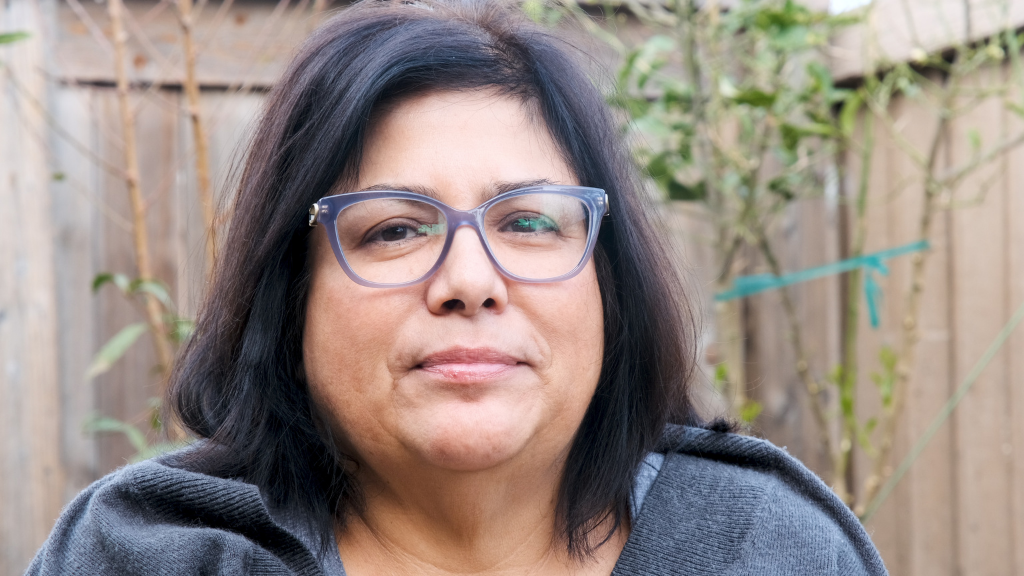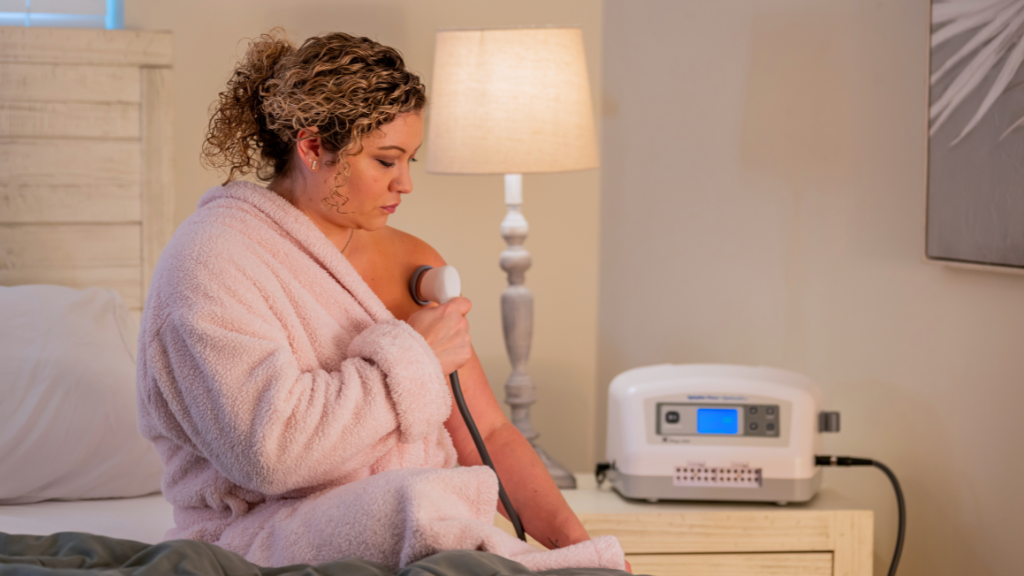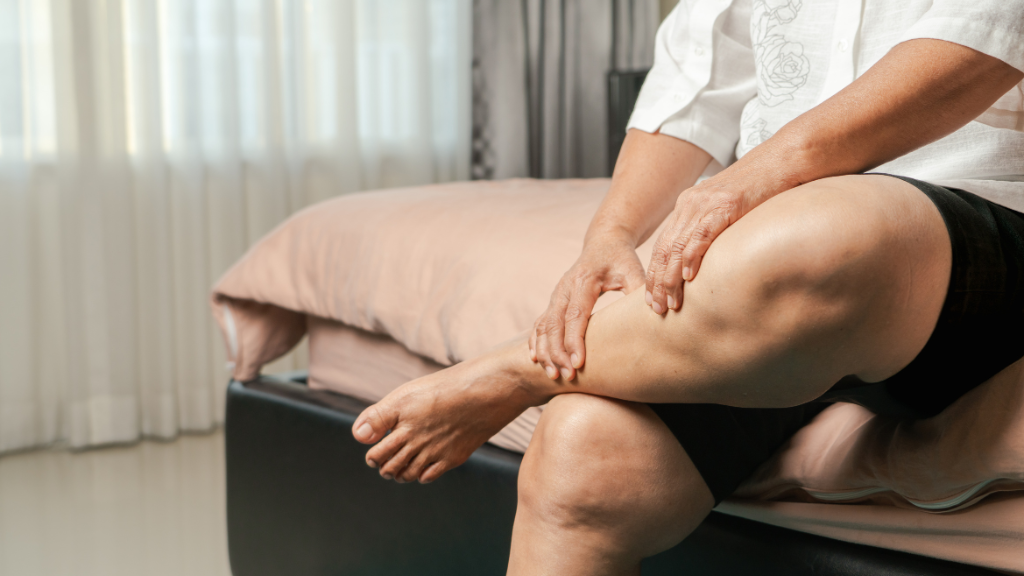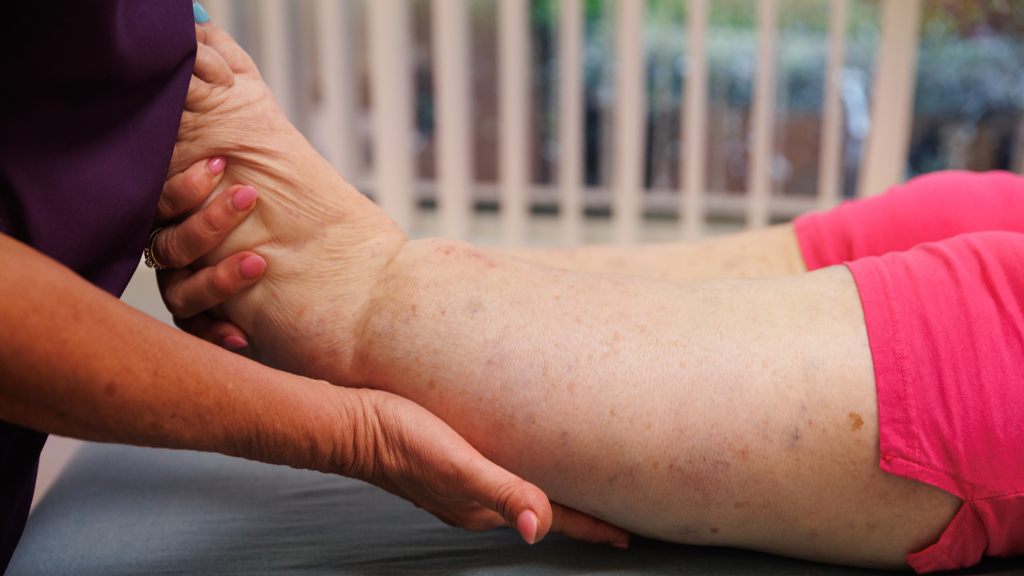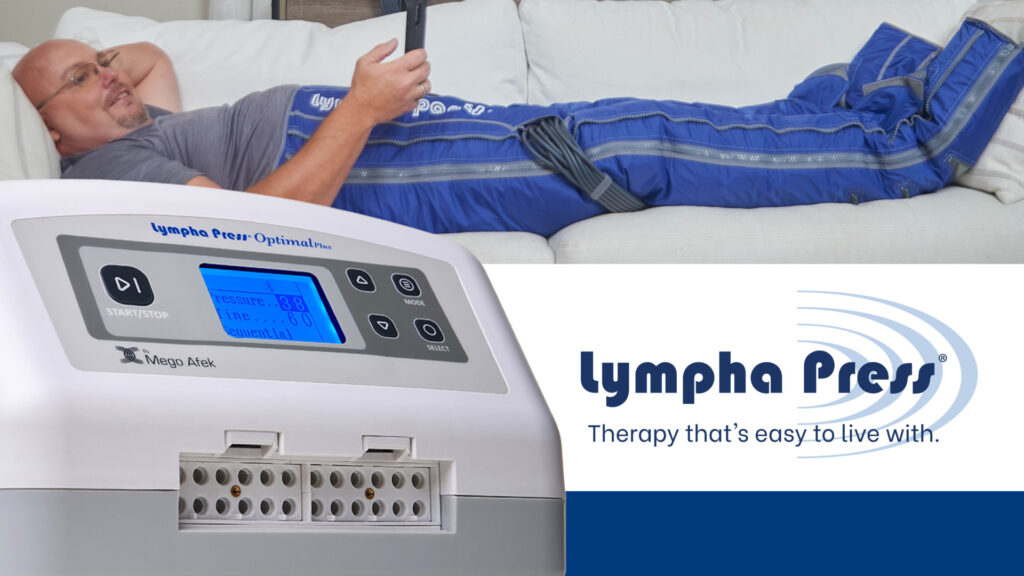This is a 6-minute read.
Lipedema and fibromyalgia have many similarities, but they’re vastly different health conditions. While the average person might not be able to distinguish between them, patients rely on doctors to make accurate diagnoses.
Below are the characteristics of each disorder, including how they’re alike and different. There are many reasons why the two conditions are so commonly confused, so we’ll provide some helpful diagnostic rules-of-thumb.
Characteristics of Lipedema
Lipedema is a loose connective tissue disorder that impacts an estimated 10 to 17 million people in the United States. Estimates are inexact due to the frequency of misdiagnosis.
The condition’s first symptoms are usually irregular fatty deposits and tender spots in the legs. When left undiagnosed and untreated, it can worsen substantially and spread to other parts of the body, including the abdomen and upper arms.
The knobby lumps of lipedema are often referred to as “painful fat” because the patient experiences unpleasant sensations from skin pressure. Lipedema often comes with persistent pain and fatigue that leave the person feeling permanently worn down.
Lipedema exhibits bilateral symmetry, meaning that it’s usually evenly distributed on both sides of the body. In this way, it’s similar to fibromyalgia but different from another condition with a similar name: lymphedema. Lymphedema is a lymphatic swelling disorder that’s not bilaterally symmetrical and is often seen in only one limb.
Characteristics of Fibromyalgia
Fibromyalgia is a musculoskeletal disorder that impacts about 4 million U.S. adults and brings fatigue, memory loss, mood disturbances, and sleep disorders. Widespread pain and persistent weariness are common early symptoms of fibromyalgia.
Like lipedema, fibromyalgia is a widely misunderstood and underdiagnosed condition. When desperate patients search for solutions to their chronic health issues, they may end up being diagnosed incorrectly with fibromyalgia – or even lymphedema – when they actually have lipedema. Next, we’ll take a closer look at how to make a differential diagnosis.
Comparing and Contrasting Lipedema vs. Fibromyalgia
Fibromyalgia’s strong association with weariness and fatigue is the main reason for its common confusion with lipedema. Both of these disorders also show a symmetrical distribution in the body and are frequently comorbid with obesity, chronic pain, and diabetes.
The symptoms of lipedema and fibromyalgia are both most frequently reported by middle-aged women who may have given birth previously, experienced hormone imbalances, and/or struggled with persistent limb fatigue and body pain. It’s easy to see why the two diseases are so frequently confused.
However, as a rule of thumb, fibromyalgia does not typically show lipedema’s primary symptom of painful, nodulated fat. A person with fibromyalgia is much more likely to report feelings of widespread and disbursed pain, rather than the intensely painful focal points of lipedema’s significant fatty deposits.
As another diagnostic option, doctors often look for the classic “ankle cuff” of inflamed subcutaneous tissue that appears in the advanced stages of lipedema and gives the appearance of a rubber band around the ankle. Above the ankle cuff, there is significant lipedema fat; below it, the patient has an unaffected foot.
This diagnostic criterion comes with a caveat. While the ankle cuff isn’t seen in patients with fibromyalgia, patients in the early stages of lipedema don’t display the ankle cuff either.
To properly diagnose lipedema vs. fibromyalgia, it’s most productive to take a wider view of all of the symptoms together and explore the patient’s full medical history. Only then can the patient and provider move forward together and find effective therapeutic options.
An Innovative Treatment for Lipedema
Lipedema patients and professionals are encouraged to explore the broad selection of innovative therapeutic options from Lympha Press. We’re dedicated to providing lipedema education and a full line of lipedema therapy equipment to ease symptoms and support an active, healthy lifestyle.
